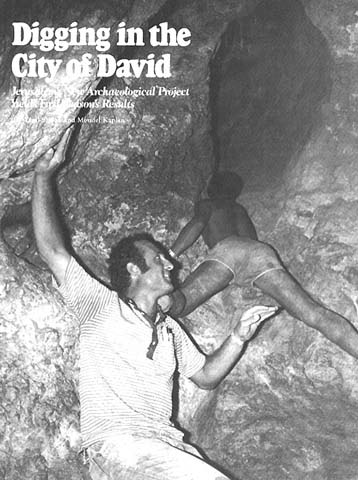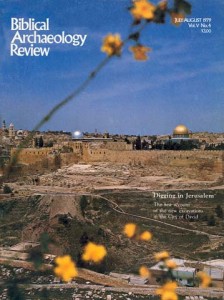Digging in the City of David
Jerusalem’s new archaeological project yields first season’s results

Our first season of excavations in the City of David—the site of Biblical Jerusalem—ended with rich rewards and high expectations. The City of David, in geographical terms, is only a very small part of modern Jerusalem—a little spur which, to the surprise of many tourists, is located outside the walls of the Old City. To the archaeologist and historian, the City of David is the area occupied by Jerusalem in the Canaanite and Israelite periods, including the time of David (c. 1000 B.C.) Projecting from the eastern half of the southern wall of the Old City, the City of David stretches south of the Temple Mount, east of Mt. Zion and west of the Kidron Valley.
The City of David lies at the core of ancient Jerusalem because it is adjacent to the main water source, the Gihon Spring. The first settlement goes back to the beginning of the Early Bronze Age (about 3000 B.C.). Only in the City of David is it possible—depending, of course, on the state of underground preservation—to unearth occupational remains of the Canaanite and early Israelite cities of the Bronze and Early Iron Ages.
Already a library member? Log in here.
Institution user? Log in with your IP address.

